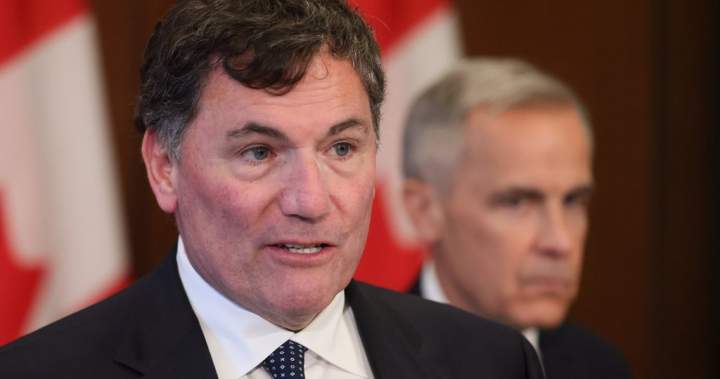The clock is ticking as Canadian officials race to secure a trade agreement with the incoming Trump administration before potentially devastating tariffs hit Canadian exports. Public Safety Minister Dominic LeBlanc revealed Sunday that preliminary discussions with President-elect Donald Trump’s transition team have yielded encouraging signals, despite the looming January 20 deadline.
“We’re having good discussions with the Trump transition team,” LeBlanc told reporters in Ottawa. “We believe there’s a path forward that avoids these tariffs that would be harmful to both economies.”
Trump has repeatedly threatened to impose sweeping 25 percent tariffs on all Canadian and Mexican imports unless both nations take decisive action to stem the flow of migrants and drugs across their borders into the United States. The president-elect’s tough stance has sent shockwaves through Canadian business sectors that depend heavily on U.S. trade.
Economic analysts warn that such tariffs could devastate Canada’s export-driven economy. The U.S. remains Canada’s largest trading partner, with approximately 75 percent of Canadian exports—valued at over $400 billion annually—crossing the southern border. Industries particularly vulnerable include automotive manufacturing, agriculture, and natural resources.
“This isn’t just about numbers on a spreadsheet,” said Dr. Elena Ramirez, senior economist at the National Trade Institute. “We’re talking about hundreds of thousands of Canadian jobs that could be at risk if these tariffs materialize in their proposed form.”
Prime Minister Justin Trudeau’s government has mobilized a cross-departmental response team to address Trump’s demands. Sources within the Canadian government indicate that proposals being considered include enhanced border security measures, increased intelligence sharing on transnational criminal organizations, and joint enforcement operations targeting fentanyl trafficking networks.
Trump’s transition team has reportedly acknowledged Canada’s unique position compared to Mexico. “The northern and southern borders present different challenges,” said Robert Lighthizer, former U.S. Trade Representative who remains influential in Trump’s trade policy circle. “We recognize the integrated nature of the U.S.-Canada supply chains and the mutual benefits of our trading relationship.”
The stakes could not be higher for Canada’s economy, which is already struggling with inflation and sluggish growth. The Canadian Chamber of Commerce estimates that Trump’s proposed tariffs would increase costs for Canadian businesses by approximately $28 billion annually and potentially trigger a recession.
“What we’re witnessing is essentially economic brinkmanship,” said Thomas Wilson, professor of international trade at York University. “The question is whether Trump is using these threats as negotiating leverage or if he genuinely intends to implement them regardless of Canada’s concessions.”
LeBlanc emphasized that while Canada takes border security seriously, the government rejects any characterization of Canada as a significant source of illegal immigration to the United States. “The facts simply don’t support that narrative,” he stated. “We’ve been steadfast partners in maintaining the integrity of our shared border.”
As January 20 approaches, political analysts note that both countries have strong incentives to reach an agreement. The deeply integrated North American supply chains mean that tariffs would create economic pain on both sides of the border, potentially undermining Trump’s own economic goals for his second term.
“There’s room for compromise here,” said Michael Kergin, former Canadian ambassador to the United States. “The challenge will be finding solutions that allow both leaders to claim political victory while avoiding economic damage.”
As negotiations continue behind closed doors, one question remains central to Canada’s economic future: Can the Trudeau government strike a balance between maintaining sovereignty and making sufficient concessions to avert a potentially catastrophic trade war with our largest trading partner?
























